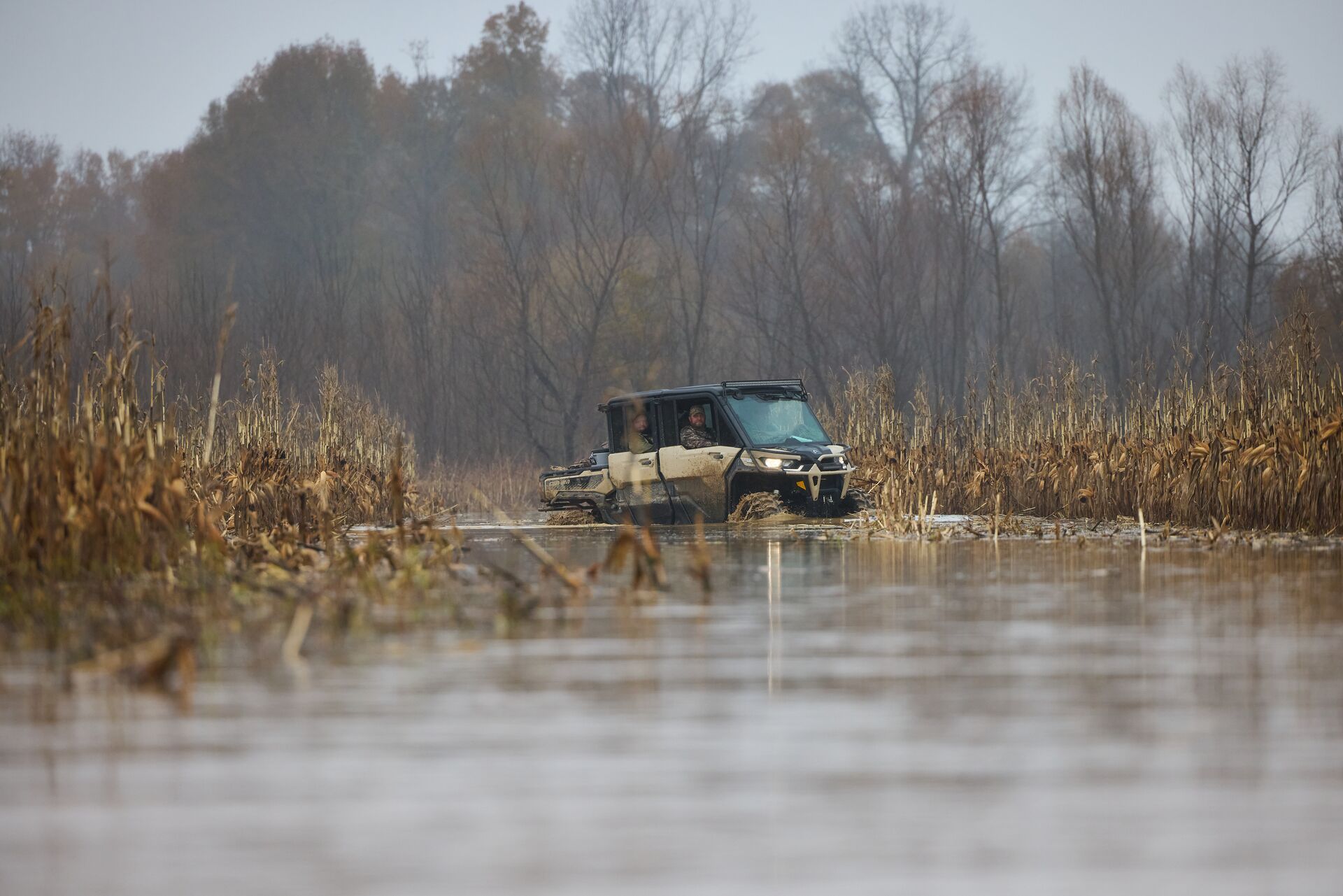What does it take to create a pond that attracts waterfowl during their migrations (and the hunting season for your state)? We'll talk about that today, so keep reading!
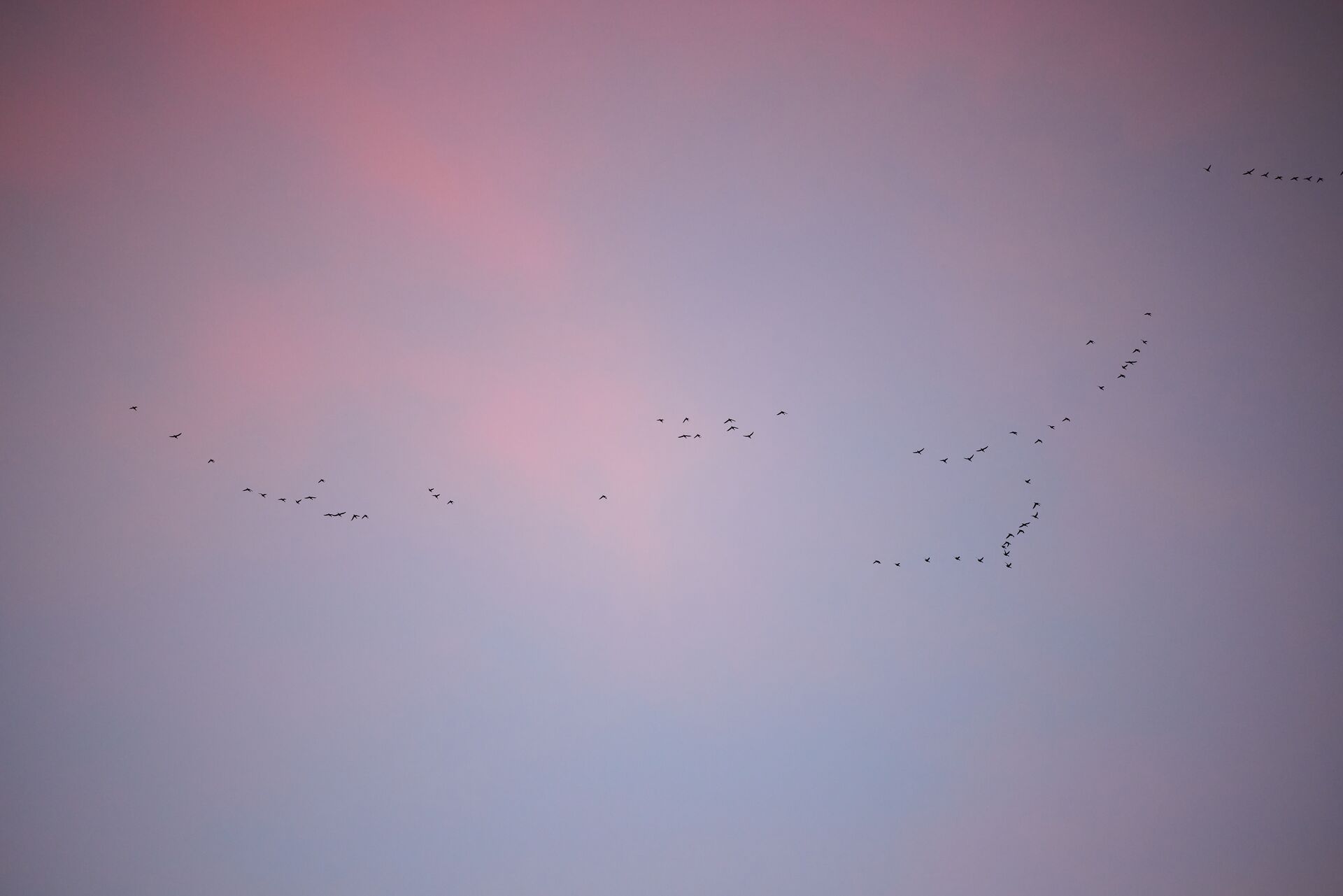
What Is a Duck Hunting Pond?
Having a nearby duck pond brings in the birds.
I find that there are few things more enjoyable or exciting in the outdoor world than the sight of cupped wings in the decoy spread as the sun rises over a cold, crisp autumn morning. Even on days that I am not in the field, I can’t help but look up every time I hear the honk of a distant goose or the whistling wings of ducks overhead.
Duck hunting ponds are managed wetlands or impoundments created or enhanced specifically to attract and hold ducks during their migration. These are different types of these habitats, including:
- Natural ponds
- Farm ponds
- Stock tanks
- Constructed impoundments, which can also be improved to attract more ducks, as well
Remember: when it comes to ponds for waterfowl, bigger isn’t always better. Shallow, food-rich ponds with good-sized littoral zones will often outperform large, sterile open water.
What Is a Waterfowl Impoundment?
Waterfowl impoundments are managed areas with controlled water levels, designed to manage moist soil food sources for waterfowl. These can include natural, native seed-producing moist-soil vegetation or agricultural grains, like millet, rice, or corn.
Levees, flood gates, and pumps are typically used to manipulate water levels on a seasonal basis to ensure consistent, ideal conditions when needed.
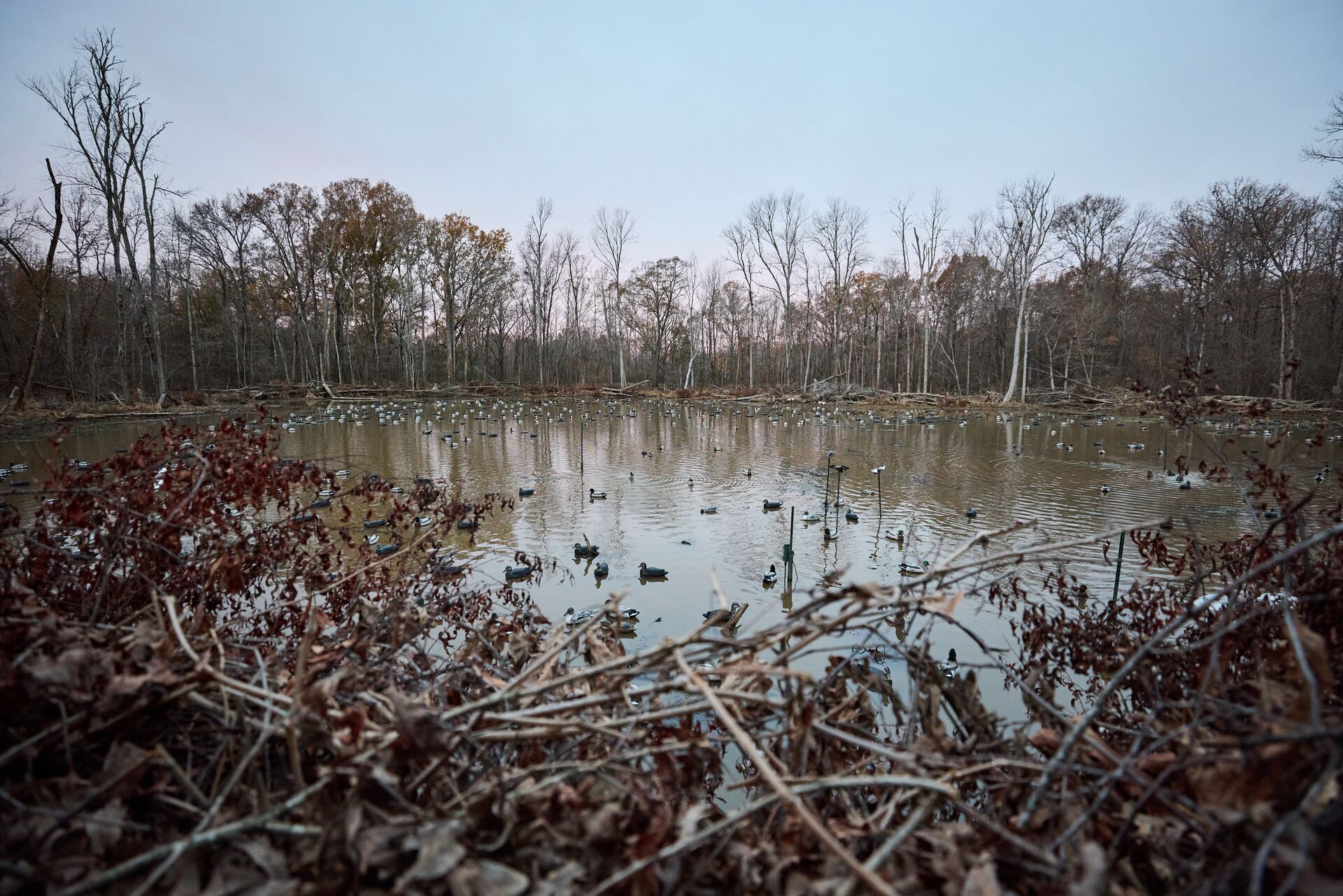
How to Build the Perfect Duck Pond Habitat
As in the world of real estate, it is all about location, location, location!
Choose a site along a migratory flyway or near an existing waterfowl habitat. Look for low-lying land with a suitable-sized watershed or catchment with enough space to be easily manipulated. Areas with clay or loam soils hold water best, while areas with high sand or silt content may drain too quickly.
Installing structures like water-control gates, dikes, or levees ensures the ability to flood the area to desired levels in the fall. You'll also have the ability to draw down water in the spring for habitat regeneration and planting.
The ideal water depth of a duck hunting pond is only six to eighteen inches deep. This allows light to penetrate all the way to the bottom of the pond (needed for native vegetation) and promotes easy access to food for dabbling ducks like mallards, pintails, and teal.
Make It An All-You-Can-Eat Buffet
You’ve set the table, now it's time to bring out the food.
Plant duck-attracting crops, like Japanese millet, smartweed, rice, or corn. Your local ag extension office or seed company may have specific food plot seed mixes they recommend that will do well in your area. Using moist-soil management practices can help encourage natural seed-producing plants.
In the spring, the early drawdown of water typically occurs during the first month and a half of the growing season, while the mid and late drawdowns occur somewhere in the middle or at the end. It’s generally better to wait as long as you can before letting the water out. Drawing down slowly can help prevent undesirable plants, like woody shrubs or cattails, from taking over.
Once summer is in full swing, selective interventions like mowing or cropping can open up strategic placements for spaces of landing zones near hunting blinds and decoy spreads.
In the fall, returning the water by gradual flooding throughout the migration boosts seed production in wetland grasses like millet and sorghum and extends the amount of time that food is available.
It's a Waterfowl Air B-and-B
Maintaining thick vegetation around edges offers waterfowl a sense of security and areas for roosting. This also gives hunters areas to place blinds and provides materials for a more natural appearance for concealment.
Consider supplementing the area around your new pond with nesting hoops or boxes to support local breeding populations. Conservation efforts like these help add even more birds in the sky next year.
Habitat Maintenance Tips for Success
Rotating crops and allowing the habitat to rest during off years not only improves the soil health but also helps manage pests and diseases, reducing your need to constantly monitor water quality and invasive species. Inspecting and making any needed repairs to water-control structures before the season can keep your new pond in hunting shape year after year.
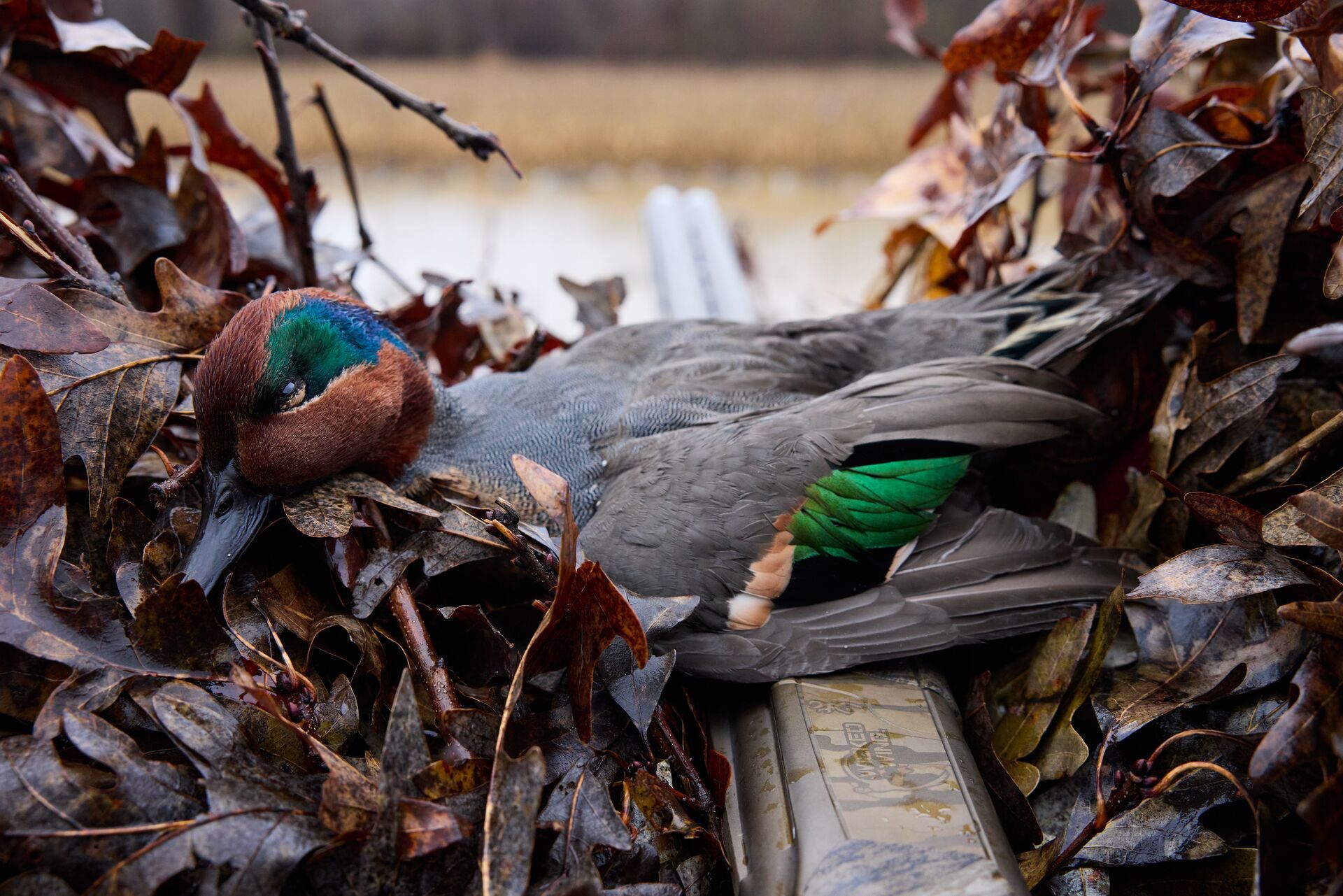
How to Attract Ducks to Your Pond for Hunting
Begin flooding as ducks start migrating in the fall — usually in early October for many larger ducks, or sooner if you plan on hunting the early Teal migration when they arrive in late August or early September.
Avoid pressuring birds by letting ducks build confidence undisturbed before hunting, and let the area rest several days in between hunts. Mimic natural duck behavior with strategic decoy placement and realistic numbers for the current stage of migration.
Birds will attract more birds, so hunt only when ducks are present in strong numbers to avoid burning out the pond too early. Let the habitat and food do the work for you. Minimal or no calling at all is needed if ducks want to be there.
Using realistic decoy spreads can be all you need to help coax cautious and call-shy birds, especially when your buddy sounds like he is blowing on a kazoo!
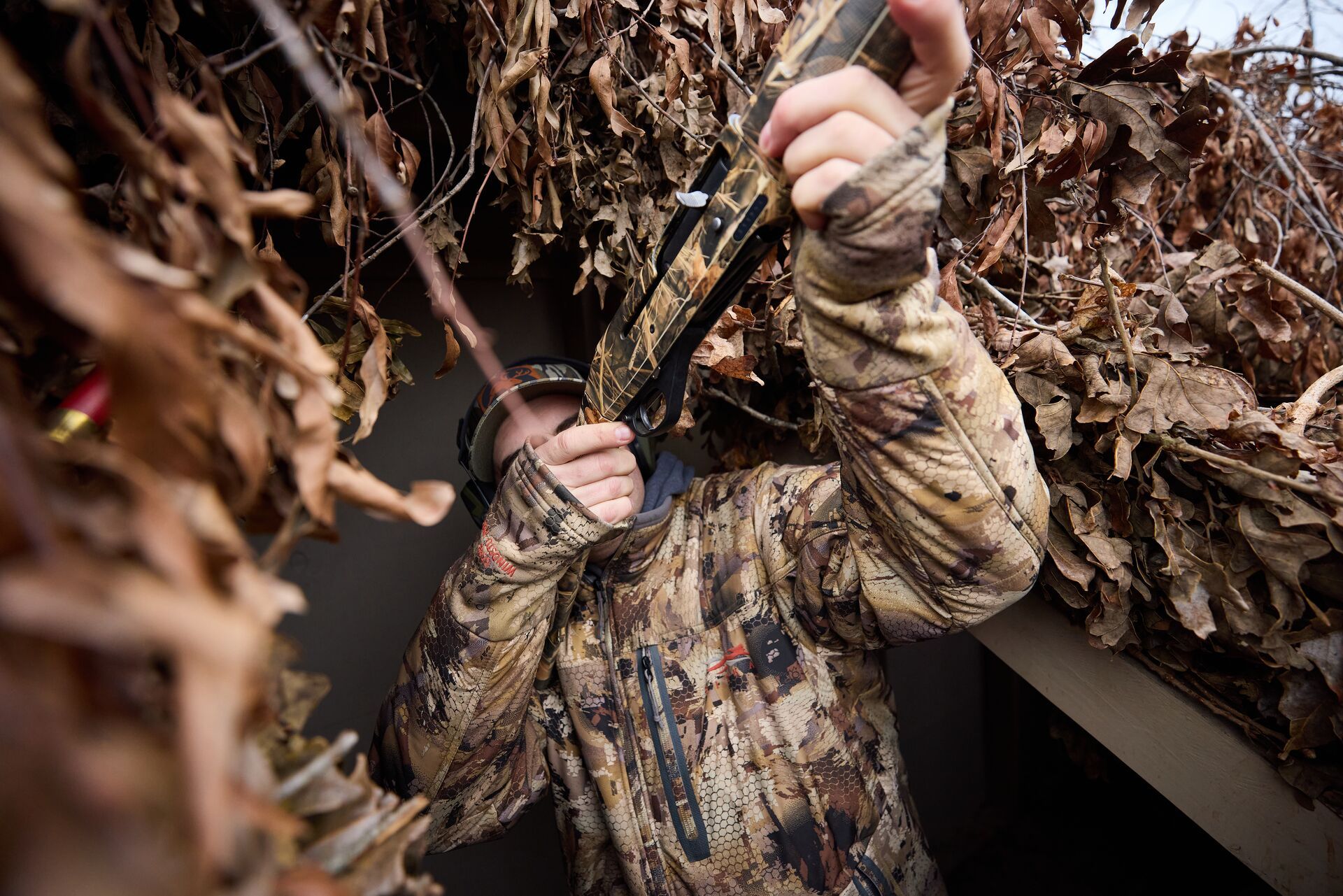
HuntWise Helps When Building a Duck Pond and Hunting
Building a duck pond or impoundment takes planning, seasonal work, and patience, but it is an investment that pays off with enhanced habitat and better hunts. The rewards include less pressured birds, consistent waterfowl presence, and better hunting opportunities right on your own property.
Ducks generally land into the wind, so use the WindCast function in the HuntWise hunting app to see what direction the wind is predicted to blow to determine how and where to arrange your decoy spread. You can also use HuntWise to target the best areas for building your duck pond.
Download Huntwise to use the HuntCast feature that shows what times and days waterfowl are most likely to fly depending on your local weather conditions!
Try it free for your first week.
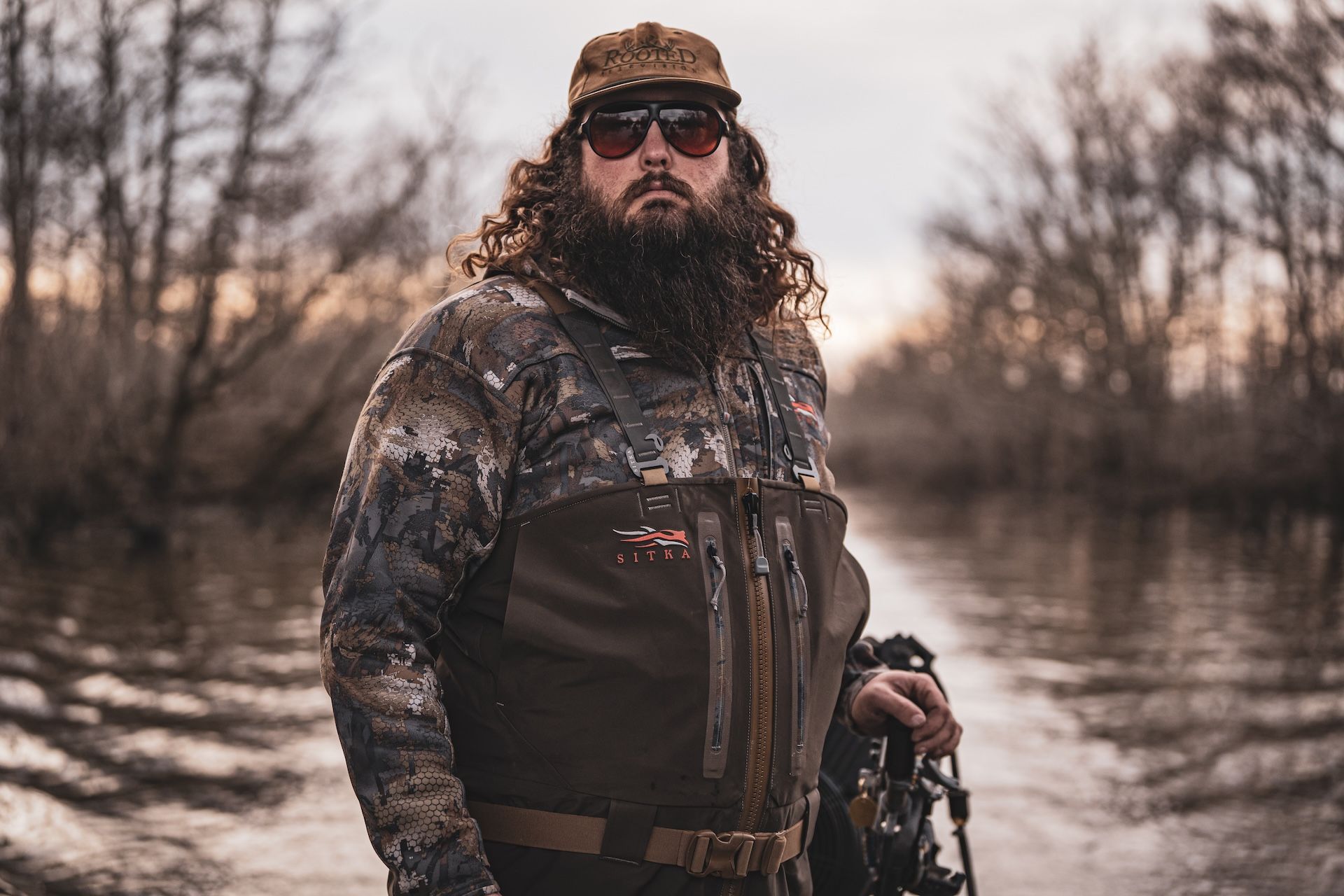
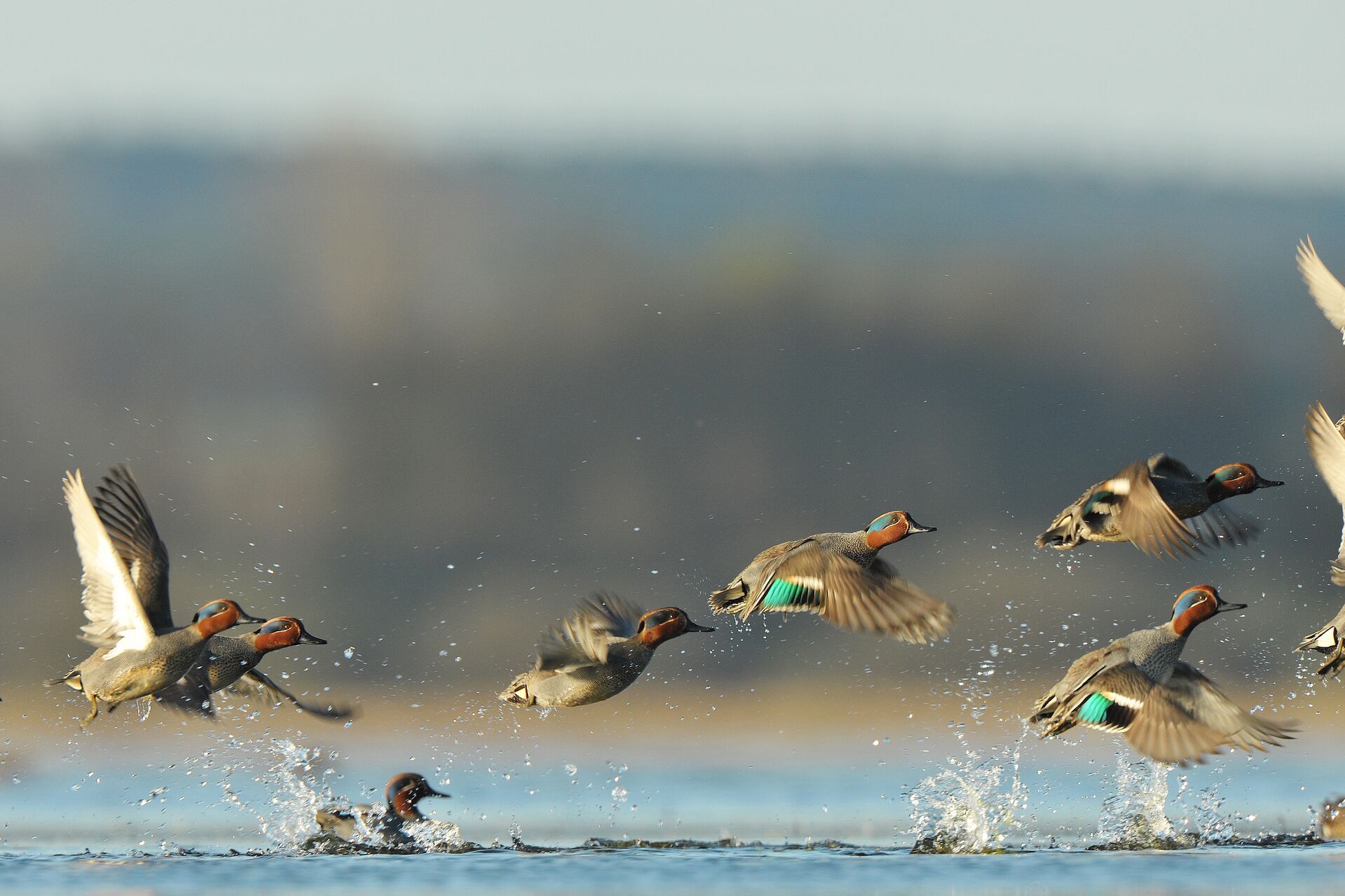
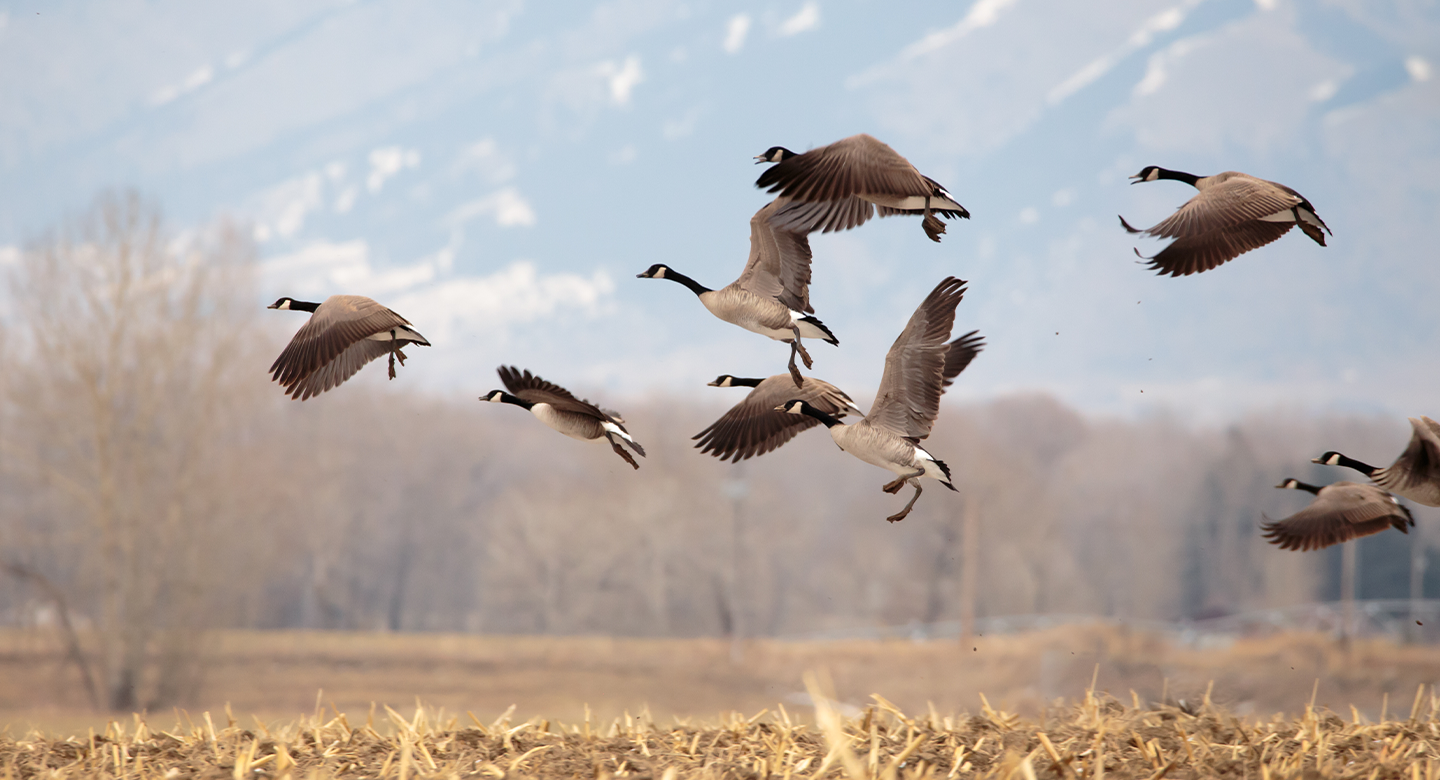 Waterfowl
Waterfowl Waterfowl
Waterfowl